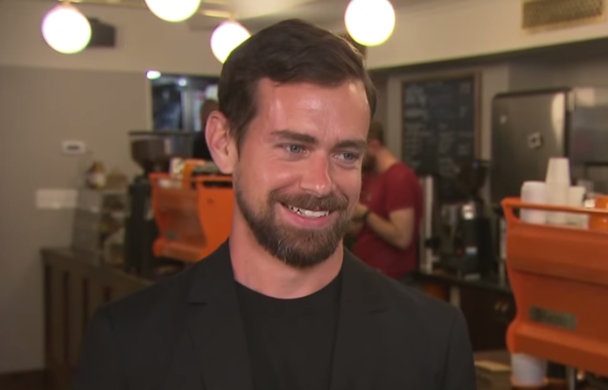Why Twitter's Flight conference taught us its future may be brighter than we think
Twitter's 'Flight' Conference is aimed squarely at developers, but it provided returning CEO Jack Dorsey his first proper opportunity to address a much wider audience.

Twitter's Jack Dorsey
On the back of a series of broad product developments, and even rumours that the core 140 character limit may be dropped, he was quick to spell out a very pure vision for the core platform which sees it staying very true to its original roots.
In the face of ongoing criticism about the platform’s stalled growth he also offered a hint at a different future where Twitter’s true scale was the 1 billion plus people it reaches outside of its core users each month – there’s still a journey ahead before it can monetise that space, but if landed correctly I see it as a huge opportunity for marketers, and in turn shareholders alike.
Dorsey described Twitter as a simple messaging service that people have made their own and called it "one of the fastest ways of saying something to the world". Bringing this vision to life, he went so far as to say that "Twitter stands for freedom of expression" and that his team would not rest until that was recognised as a fundamental human right. While such a vision is a bold one, it remains to be seen how well the platform can truly negotiate the balance between free speech and increasing government legislation and intervention.
Twitter has had a complex history with developers, and has had a worrying habit of developing its own versions of popular third party features which duly put the original out of business. Third parties have helped advance the platform one day, and found their access to the API (and in effect the lifeblood of their company) turned off the very next. The event clearly set out to reset this relationship and lay out the ways in which Twitter is both making it easier for developers to make apps, but also for them to then monetise them.
The event was light on updates to the native Twitter experience, with the formal introduction of 'Polls' the principle announcement, and a curious one at that given Facebook retired its own equivalent feature a couple of years ago. Users are bound to see a flood of them in their newsfeed but this forced engagement flies in the face of the platform’s wider move towards accepting its storytelling and video-driven potential, and is probably one for marketers to largely avoid.
If there was a story to be told across the other announcements it was that Twitter is far bigger than the user number figure investors like to focus on. It revealed that embedded tweets power more than 1 billion unique visitors each month and laid out new functionality to improve the embedding experience. These included a 'Publisher' tool, which allows a series of tweets to be embedded as one gallery, and an embed option for the recently launched curated Moments function.
The numbers sound fantastic but Twitter’s challenge has always been around monetising this off-platform reach, and many marketers and media agencies have continued to downplay its value in line with the active user audience. It wasn’t a focus on stage but Twitter’s recently expanded Amplify program represents a real ambition to serve pre-roll advertising right across this huge footprint. If Twitter can get that to work then it will find itself with a fantastically broad video distribution network, but it will have to very carefully manage the user experience and potentially investigate revenue sharing opportunities with publishers to get to that place.
With a series of updates to its ‘Flight’ developer platform, Twitter's support of this community has clearly moved far beyond a simple interest in getting them to use core Twitter functionality in their apps – the most obvious benefactor of which is its MoPub network, which it claims is the world's largest mobile ad marketplace. A year since it announced its first native-style ads through the platform, it has now launched native video ads, tapping into the meteoric rise in the importance of online video. For developers it's a simple way to monetise without losing creative integrity, whilst for marketers it gets high quality content into hard to reach spaces.
With talk of mobile ad blocking and viewability issues on the rise, Twitter can offer a walled garden within its own app and premium spaces within thousands of others where marketers' messages can still be heard.
Twitter has been haunted of late by challenges of slow user growth and questions of whether the platform can ever find more mainstream appeal. At Flight it has subtly challenged marketers, and in turn investors, that it might be asking the wrong questions. With nearly half of the active users never choosing to tweet, the platform has always been more about passive consumption than we sometimes acknowledge, and it is finding ways to bring to life the much broader footprint that remains a unique feature of the platform.
Through embedded tweets and the AdPub network, its audience is in fact already well above a billion users, and pretty soon it will have video formats that can reach the entirety of it. For marketers that makes it a serious media contender, far beyond the real time social media moments it is famous for.
If Jack Dorsey can preserve the purity of the core Twitter experience whilst finally monetising the platform’s far wider reach, he truly will be having his cake and eating it.
Jerry Daykin is global digital director at Carat
